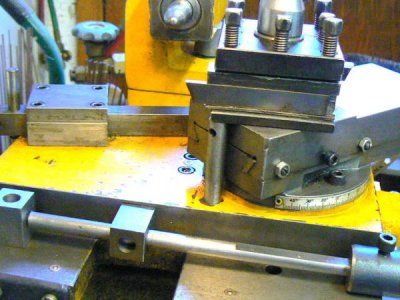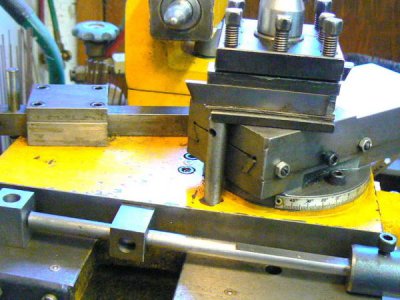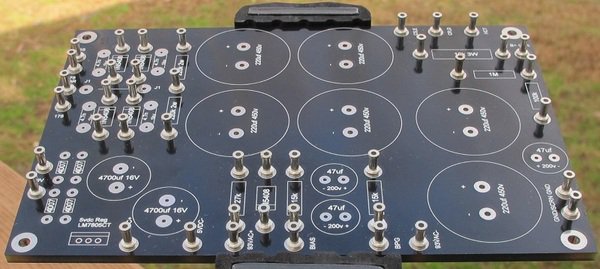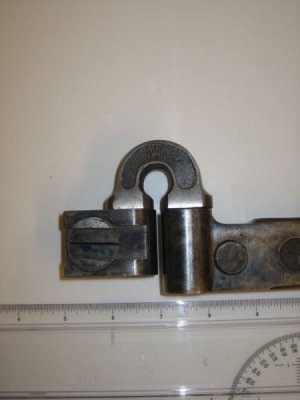- Joined
- Aug 28, 2014
- Messages
- 315
the video, especially the animation sucksA video in the thread that 'great white' linked to in post #2 explains it in terms of the relationship of the pivot point to the tool/work piece interface. I found it very enlightening. And a neat tool, also.
Tom
watch the animation in regard to centerhight




